The Making of Nick Drake's Five Leaves Left Is a Musical Tale Worth Telling (amended 8/20/2025)
a rare worthwhile "completist" type box set
Unlike most "completest" or multi-disc sets containing every snippet of recorded tape that you might listen to once out of curiosity and never again revisit, this thoughtfully curated set covering just Nick Drake's debut album is one that bears repeated listening.
It's been on the turntable almost constantly since it arrived shortly after publishing the review of Brad Mehldau's Elliott Smith tribute Ride Into the Sun in which the pianist references Nick Drake, who he identifies as, like Smith, a "visionary depressive". Which is not to say the music such artists produce is depressing. Drake's music is deep, mesmerizing, beautiful, melancholic and often trance-inducing but not depressing!
Mehldau writes that Drake entered his consciousness in 1991. How fortunate I thought reading that, I've had twenty more years to sink deeply into this music, almost always late at night.
Subtitled "A documentary chronicled in print and music", the solid and attractively designed and executed die cut slip cased box set thankfully does not include every broken down incomplete take and embarrassing curiosity, but rather includes in addition to the actual album, 3 volumes of studio session recordings beginning in March, 1968 as well as a series of recordings made on a Grundig home recorder by Drake's fellow undergraduate Paul de Rivaz (a member of the college's Tape Recording Society) in another undergraduate's dorm room intended to aid Drake and arranger Robert Kirby (who at the time was also a student), as they prepared for a live concert planned for February 23rd, 1968. How the research team found this tape isn't disclosed in the annotation.
Here's an example of this box's fine attention to presentational detail. Note the green intensity ramps up as it goes from the first album's early sessions to the finished product.
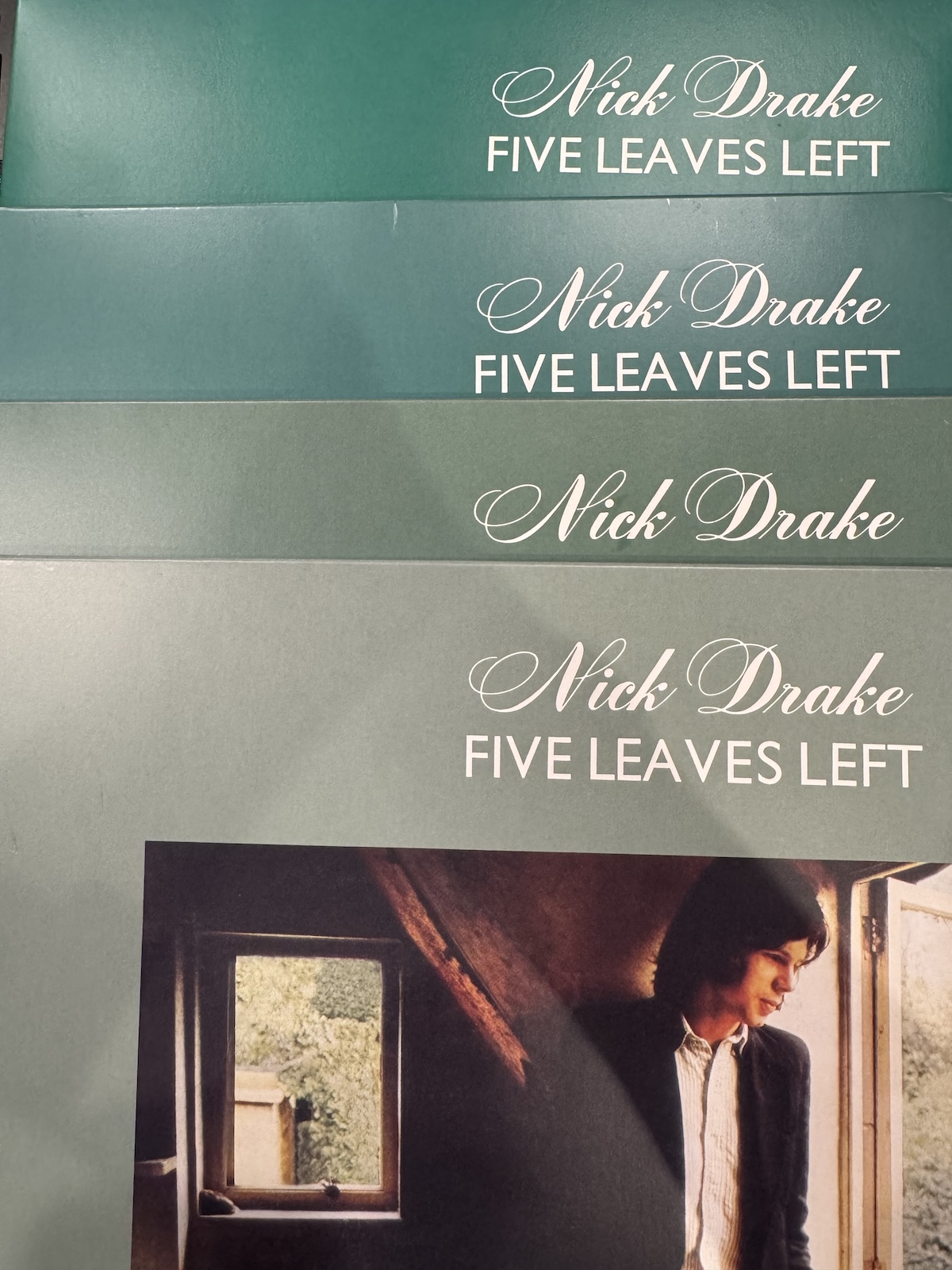
It's remarkable that the researchers found almost two dozen reels—1/2" 4-track, 1/4" mono and stereo mixes, two 1/4" mono and stereo mixes, two 1/4" mono masters and a single 1" 8 song reel— documenting the many sessions that eventually produced Five Leaves Left. The smartly written annotation points out that tape was often tossed by the bean counters as a money saving space producing move, especially for obscure titles like Five Leaves Left that didn't at first sell well, which makes these "audiophile quality" reels all the more valuable..
What's more remarkable is that the first six songs that Drake recorded at Sound Techniques late February/March 1968 (exact date uncertain) that begin this set had been "squirreled away" to quote the annotation, for 50 years in a drawer at Beverley Martyn's home (for those unfamiliar, she's the former wife and once singing partner of the late John Martyn. She had a successful solo career as well and can be heard uttering the famous line on S&G's Bookends album ""Good morning, Mr Leitch, have you had a busy day?") . Side one ends with "Strange Face".
Side 2 begins with a Sept. 11th 1968 unfinished "Strange Face" rough mix, (which later became "Cello Song") merged with a Richard Hewson (an orchestrator originally brought in before Kirby) orchestration for "Day Is Done"...it gets complicated and is best understood listening to to the track.
That's followed by 3 versions of "Day Is Done" one from April, 11, 1968, one from November 12, 1968, one from April 3, 1969. That may sound like more versions of the song than you need to hear, but though Nick's takes are remarkably uniform over time they are all hypnotic and will draw you into a trance-like state (well, it does me). The sound is "you are in the studio with Nick" good as unmastered or "raw" unproduced takes often can be. His guitar playing is impeccable with nary a scrape or squeak as he pulls off classical music complex counterpoint that turns his guitar into a kind of string quartet.
Disc 2 side 1 consists of 7 de Rivaz tracks and though the sound quality takes a hit they are nonetheless fascinating and somehow also mesmerizing, followed by on side 2 the best never before heard collaborations with bassist Danny Thompson, best known for being a member of Pentangle and his collaborations with Richard Thompson among others.
Disc 3 stays pretty much true to original recording date order with a few exceptions and ends with the first full take of the lush "River Man" orchestration written by Harry Robinson, who is also known for his horror movie orchestrations.
The annotation is absolutely essential for any serious Nick Drake fan (though some may know this information from other sources) as it explains how he got a pass from Island's Chris Blackwell though he was a fan, how he got signed to Joe Boyd's Witchseason Productions and how both Blackwell and Boyd admit they didn't quite know how to market and promote Drake, which in part explains why his records didn't at first sell well.
Drake wasn't helpful. Though he wanted success he didn't do live gigs in support of the record and in one radio performance he did do, he played the album arrangement of one song and just strummed where the strings belonged. The portrait painted of Drake is of course mostly positive but also honest. The main annotation (credited to Neil Storey, Gabrielle Drake [Nick's sister] and Richard Morton Jack) begins with a Chris Blackwell quote: "With some, the time wasn't right, no matter what we did. But Joe (Boyd) was convinced it was the world that was out of step with Nick, not the other way around."
Many reasons are given for why Drake's career didn't take off, including the musical competition just on Island alone! Five Leaves Left had competition from Jethro Tull, Fairport Convention, Traffic, Spooky Tooth, Free, King Crimson and others. It certainly wasn't because the music wasn't of equal or greater value.
Drake was featured on an Island budget sampler Nice Enough to Eat ("River Man")
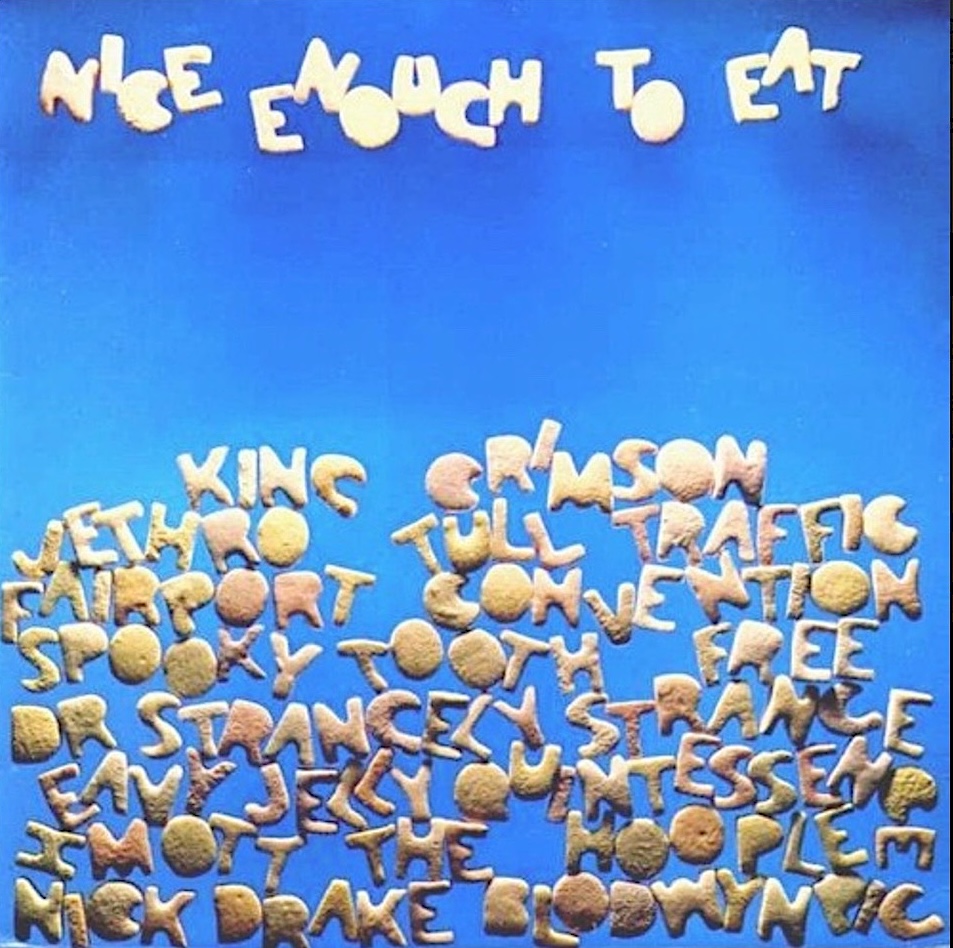
which was a follow up to the really successful sampler called You Can All Join In:
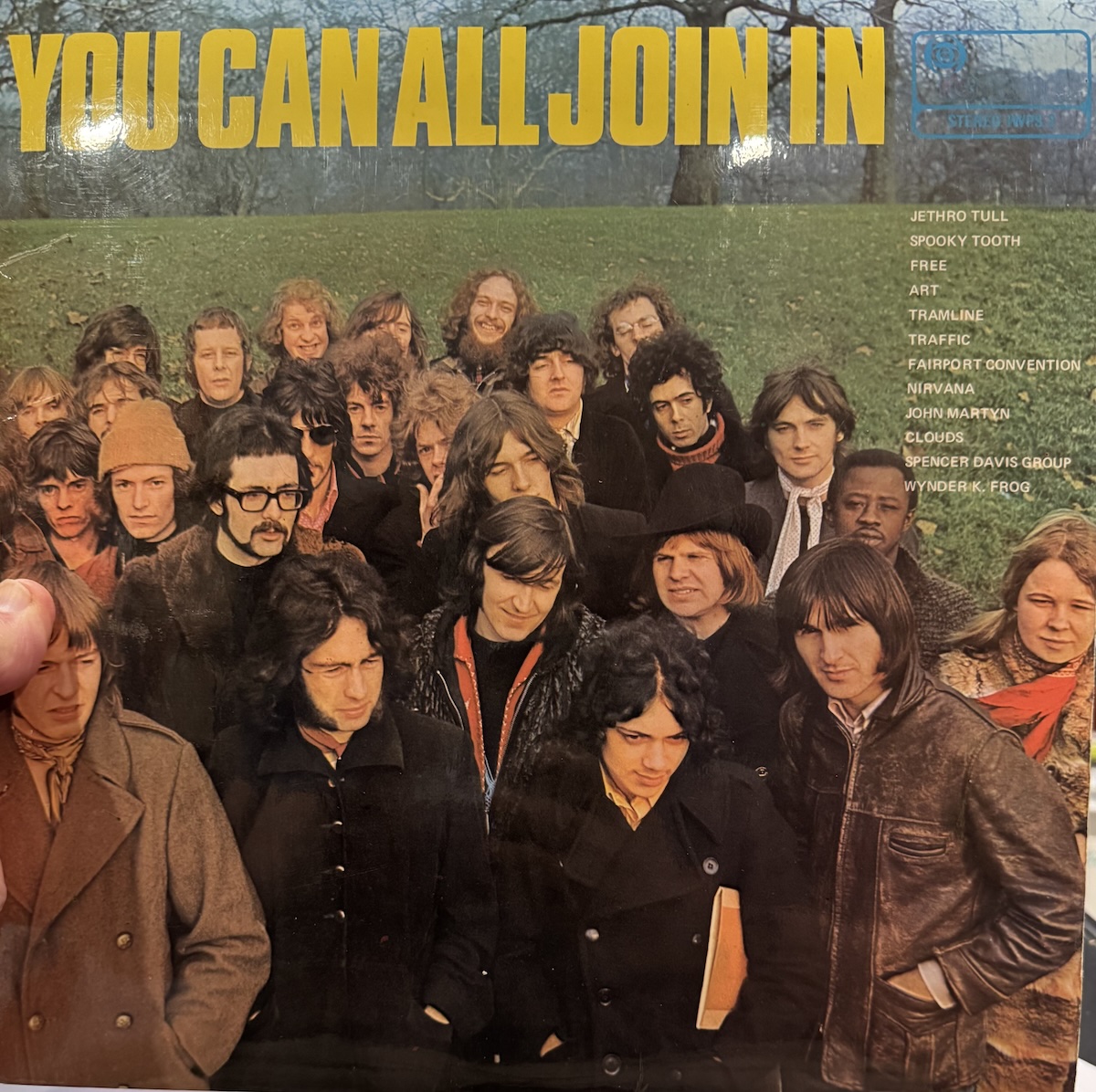
the first person to correctly identify every artist who appears to be freezing standing out in the cold in this picture wins absolutely nothing! (note: different Nirvana!)
Note that while A&M's Jerry Moss went on a U.K. licensing spree back then and signed Free, Fairport, Spooky Tooth, and other Island acts, Drake wasn't among them, for unknown reasons though soon thereafter EMI's Capitol division made an ill fated deal with Island and didn't bother releasing either Five Leaves Left or its follow up Bryter Later and instead released in 1971 a compilation simply titled Nick Drake that was almost immediately "cut out" and is a collector's item (it was reissued in 2012 and probably is again a collector's item).
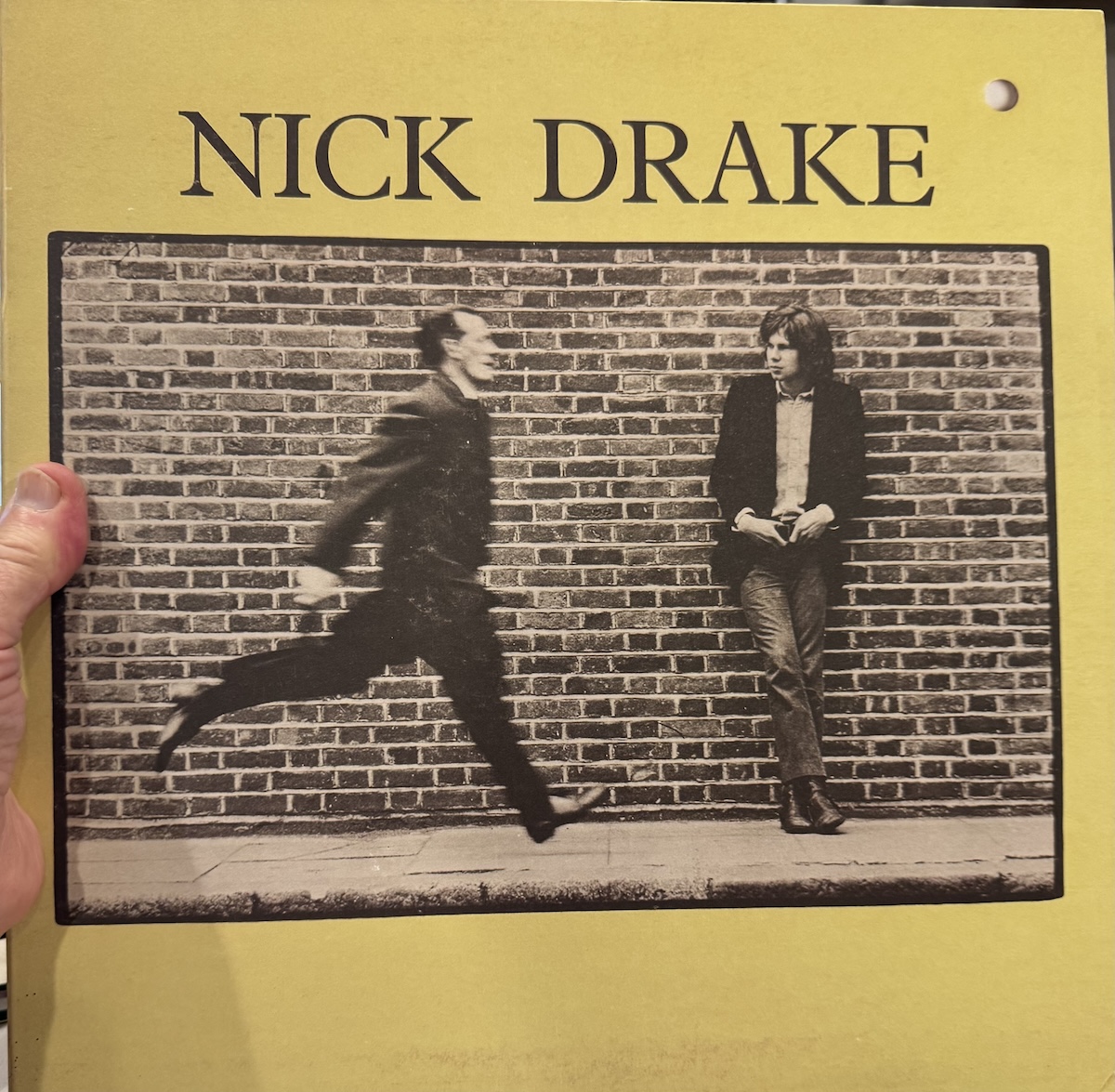
While Drake was shy and hardly loquacious, characterizations of him as morose, depressed (other than as how Mehldau uses it) don't seem to fit the narrative told here, which has been considerably lightened up and at this point, all these years later, why not. If you need to dig you'll find.
Nick Drake was ambitious, adventurous, personable, could be funny and of course singularly talented, but he had problems. What the future would have held for him had he lived (like Elliott Smith his death was either from an accidental medicinal overdose or otherwise will forever be a mystery).....who knows where his talents might have led him?
Nick Drake remains an object of musical and cultural fascination for generation after generation (one recent "outbreak" of Drakedom resulted from a song's use in a Volkswagen commercial). The comments under the video speak volumes about Drake's musical powers all these years later.
His records remain objects of desire. Original pressings of Five Leaves Left on Island Records—the one with the song order "misprint" (the reasons for it explained in the annotation)—fetch upwards of $1500. John Woods, a former mastering engineer himself, took the Five Leaves Left master tape to Apple Corp where it was cut on Apple Corps' Neumann lathe and later plated and pressed at Philips' Phonodisc Limited pressing plant. When Island later signed the EMI distribution deal lacquers were re-cut and a later mid-70s edition of Five Leaves Left was released minus the gatefold jacket. That's the copy I have. It currently sells for around $150 max on Discogs.
The version on this release was sourced using the same John Wood created 96/24 master used for the 2013 box set. Wood said at the time that the tape wasn't in good enough shape to be used as a cutting master.
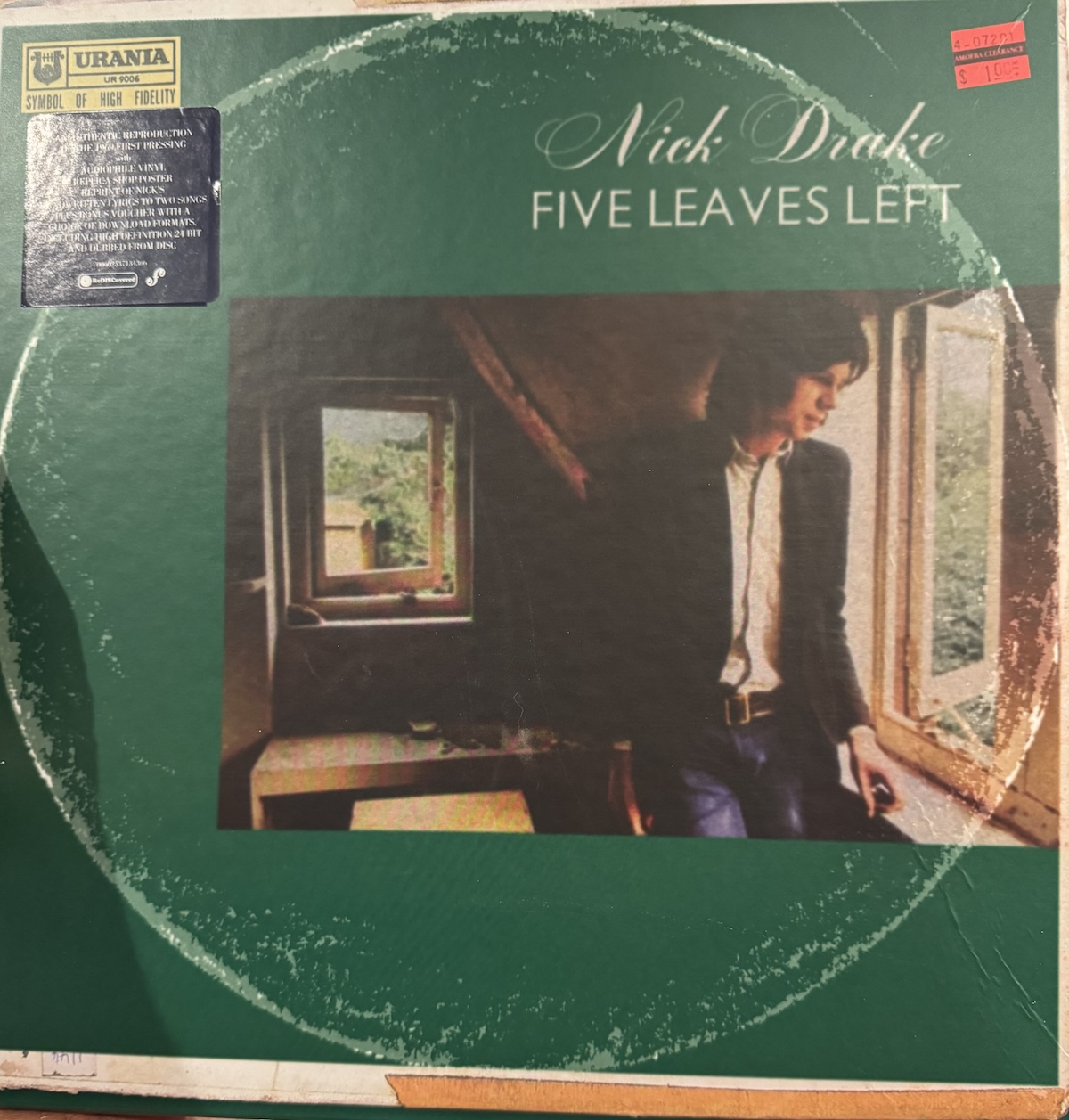 (ring wear part of the curiously chosen cover artwork)
(ring wear part of the curiously chosen cover artwork)
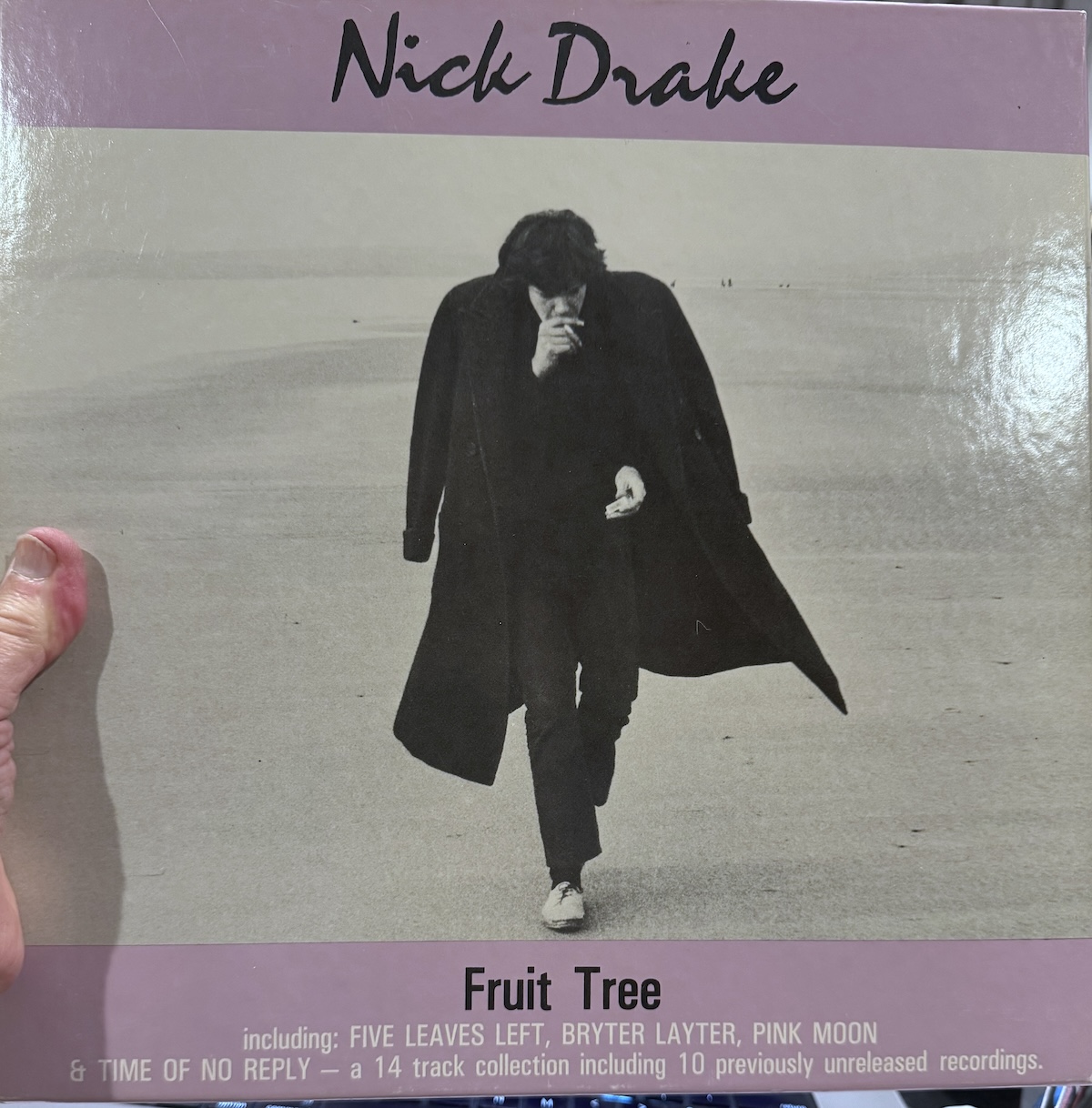
In 1986 Joe Boyd's Hannibal Records reissued this box set containing the 3 Drake albums plus Time of No Reply containing 10 then previously unreleased tracks. It was mixed from multitracks by Jerry Boys known to many readers for engineering The Buena Vista Social Club (etc.). There are no mastering or source credits though some say it was cut from tapes but who knows and who knows if the cutting system had a preview head or a low bit rate DDL? Pressed at Europadisc it sounds "clean" but not nuanced and kind of loud. Discogs high sale price is $411.76.
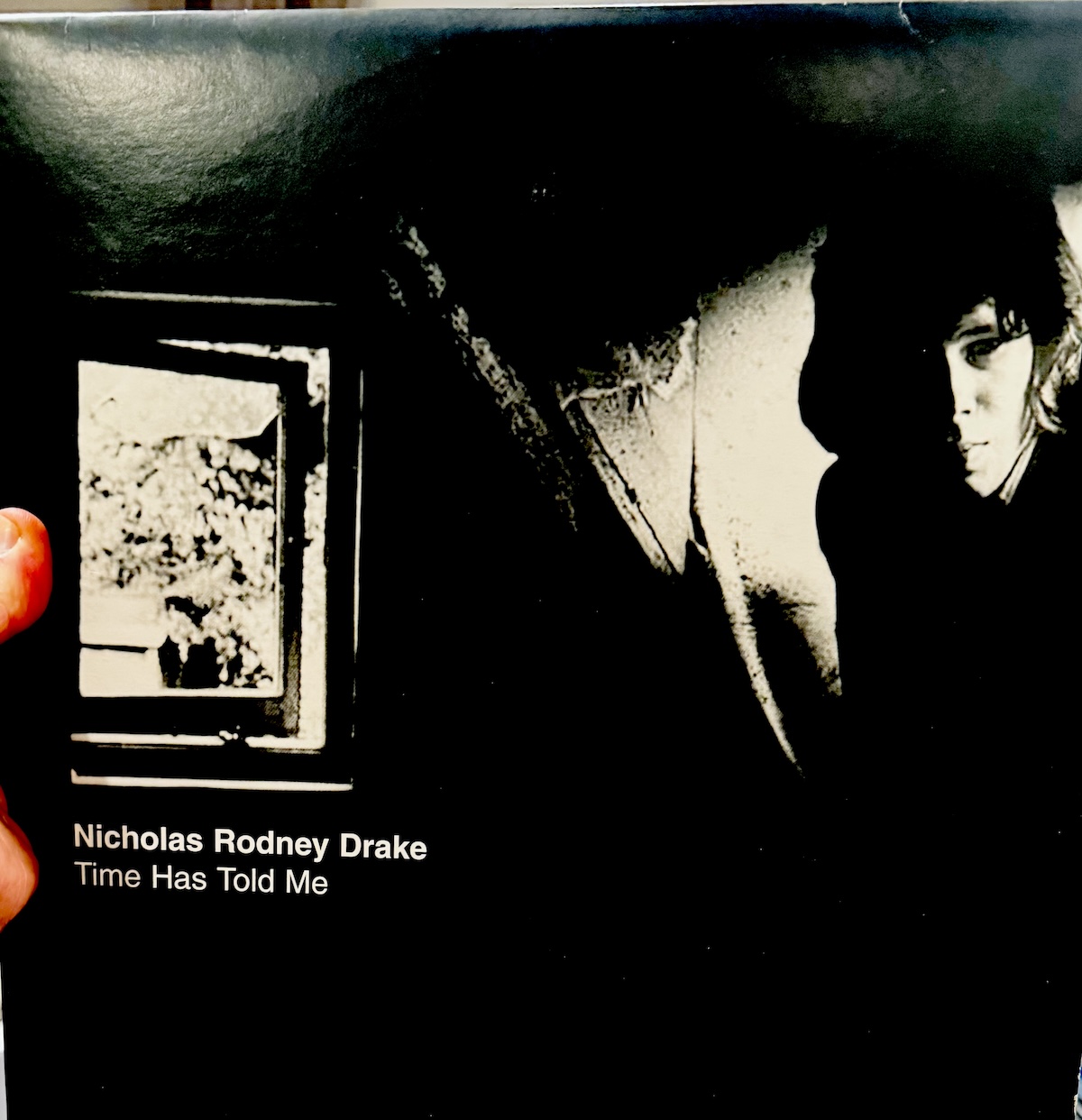 This multi-LP set released by a fellow names Scott Appel supposedly includes tapes given to him by Nick Drake's parents and features material not mentioned in the box set reviewed here and so I'm not going to get into it.
This multi-LP set released by a fellow names Scott Appel supposedly includes tapes given to him by Nick Drake's parents and features material not mentioned in the box set reviewed here and so I'm not going to get into it.
I am adding this note on August 20th: I forgot i had a copy of the limited to 1000 copies 2007 FLL Japanese pressing issued by Universal Music Japan:
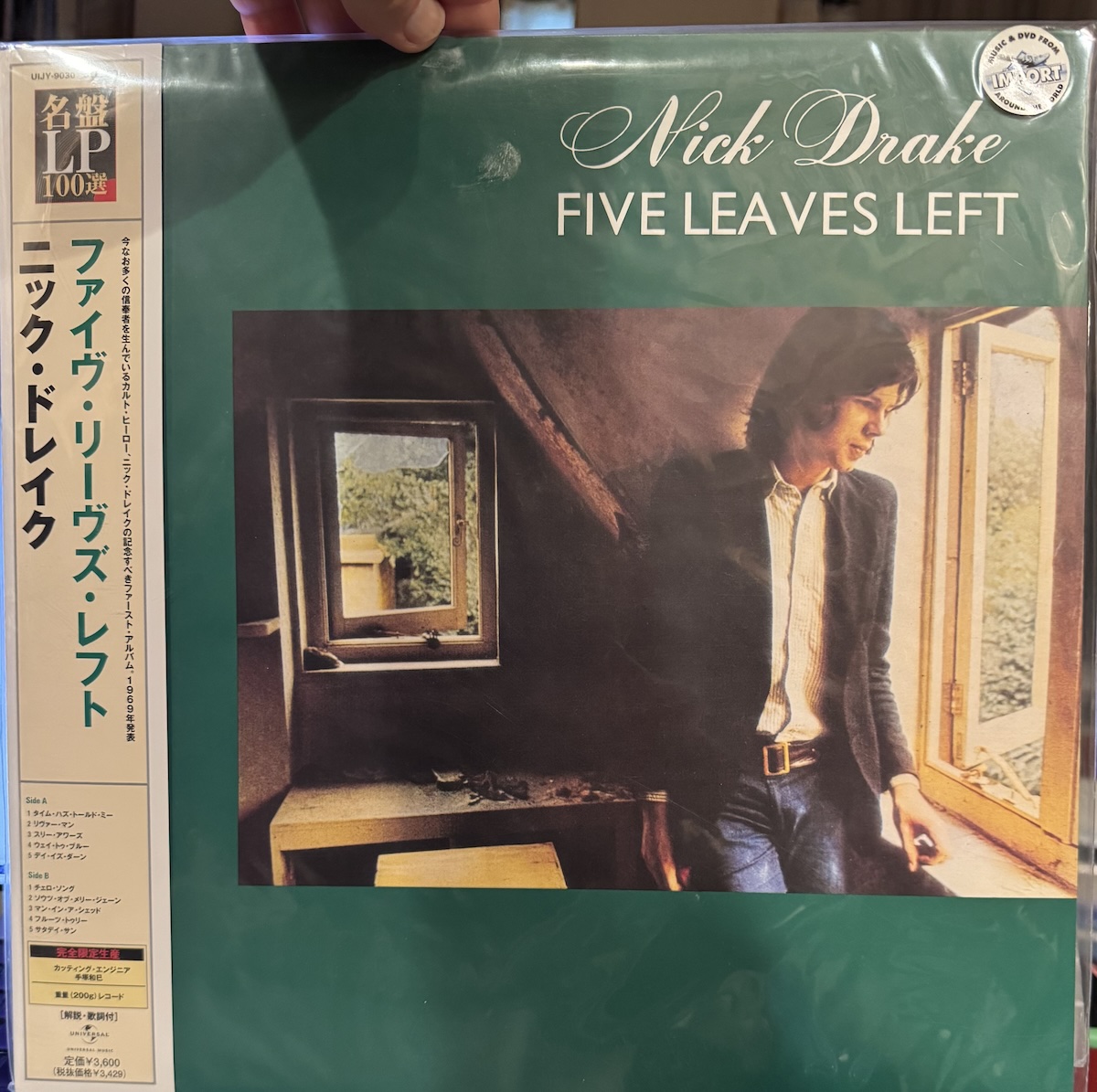 This one, costing ¥3600 in 2007 faithfully duplicated the original's gatefold jacket and pink label and as you'd expect from a Japanese pressing, the physical quality is impeccable. But the sound, while "super detailed" has an unnatural hardness to it that can be mistakenly heard as "clarity". It also sounds somewhat dynamically limited but not "smashed". I sent digital files to Malachi, and his take was "..sounds overly glued. not ‘loud’ as you initially said rather glued with a kinda sluggish sort of compression. the new one sounds way more natural".
This one, costing ¥3600 in 2007 faithfully duplicated the original's gatefold jacket and pink label and as you'd expect from a Japanese pressing, the physical quality is impeccable. But the sound, while "super detailed" has an unnatural hardness to it that can be mistakenly heard as "clarity". It also sounds somewhat dynamically limited but not "smashed". I sent digital files to Malachi, and his take was "..sounds overly glued. not ‘loud’ as you initially said rather glued with a kinda sluggish sort of compression. the new one sounds way more natural".
Discogs lists in as cut using the original master tape but I doubt the tape was sent from the U.K. to Japan for cutting and if the tape wasn't usable in 2010 why would it have been in 2007? there are no mastering credits. This one sold on Discogs for a maximum of $348. Currently there are 9 copies for sale starting at $199.00.
Considering the prices of what's out there and how they sound, this new box set for $89 is both affordable and has a fine sounding FLL so all else is almost free bonus material.
I spoke to John Wood when the 2013 box sets of the 3 Drake albums was released and asked for an interview but he said "no" that he was not at all an interesting person to interview. I couldn't convince him otherwise. I interviewed Joe Boyd years ago and thought it was up here on Tracking Angle but I can't find it. I'll upload it ASAP and link it here.
Molly Drake
Shortly after posting this review (which I somehow felt compelled to write yesterday), a friend sent a link to a profile of Molly Drake that had just been publish on The New York Times's website. Today it was in the print edition. Strange forces at work!
The Five Leaves Left Reissue Sound
If you have the aforementioned box you're all set—at least for a copy of Five Leaves Left. That mastering and pressing is somewhat better than this one done at GZ Media, though it's close enough to not make that much of a difference. I forget what I wrote about the 2013 box versus my EMI pressed copy that I probably mistakenly called "original" or close to. Obviously it's not but at the time I didn't know that.
This one and the 2013 reissue, despite being digitally sources, both sound better than the EMI from 1976 that sounds timbrally honest, but somewhat more dynamically compressed. I'd love an O.G. but can't afford one. They were selling for $500 when I visited the Utrecht Record Fair some years ago. As Chad Kassem famously says "Buy now or regret later".
If you are all familiar with the great recordings Wood created at Sound Techniques (Fairport, Richard Thompson, John Renbourn, etc.) that's what these Nick Drakes sound like. Wood is an engineering genius who gets the room to act in magical ways rather than trying to remove it from the proceedings.
That EMI sells for $150 on Discogs. This box sells for a very reasonable $89.00.
Finally, back to Fruit Tree: the annotation by Arthur Lebow is brutal and I hope brutally honest (I can't imagine Joe Boyd would have allowed it into the set were it not all true and accurate).
It delves into Drake's final years, his growing depression, his seeming recovery and then his passing on November 25th, 1974 from a Tryptizol overdose—a sleeping pill. It will never be known if it was accidental or suicide. His mother found him. Could it be any worse? One of the Brandenburg Concertos was on his turntable.
According to Discogs there are 11 copies of Fruit Tree for sale starting at $189.99. A copy of Fruit Tree sold today, August 17, 2025. Such a beautiful person. He didn't like to be touched but his music touches everyone.




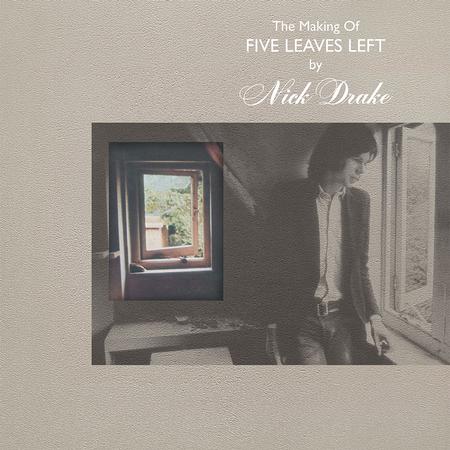





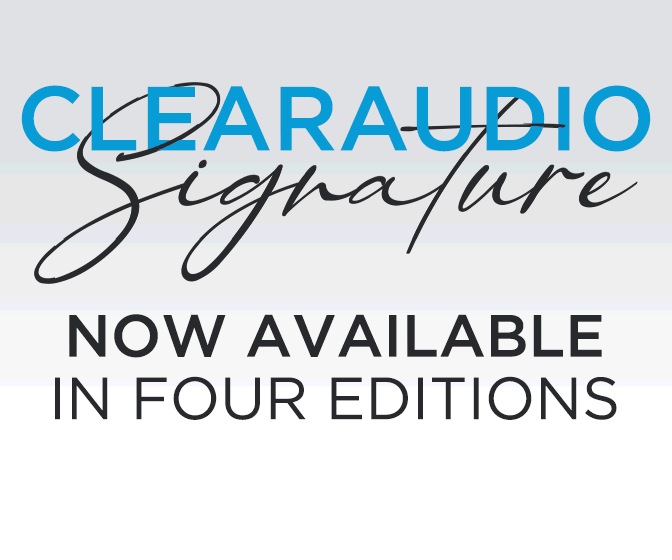

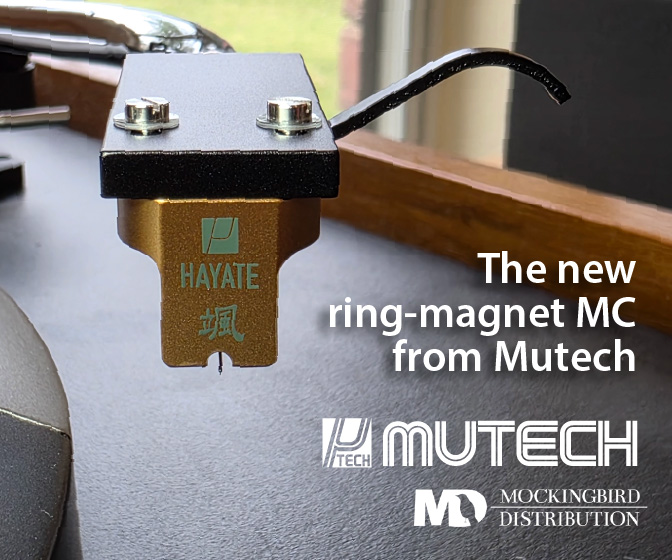
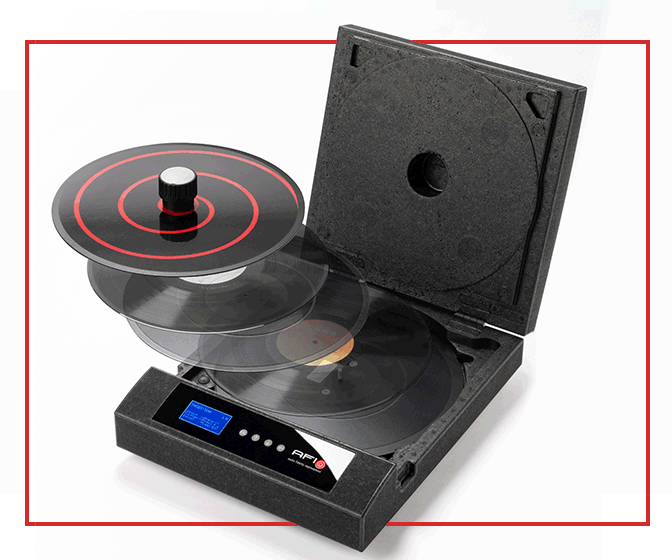


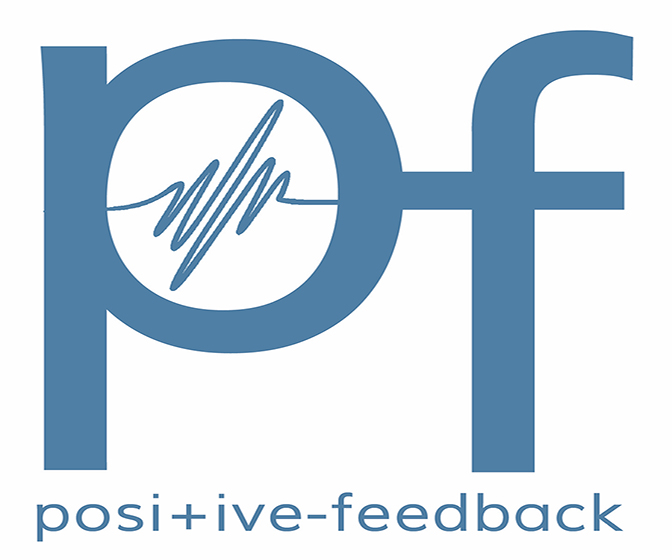




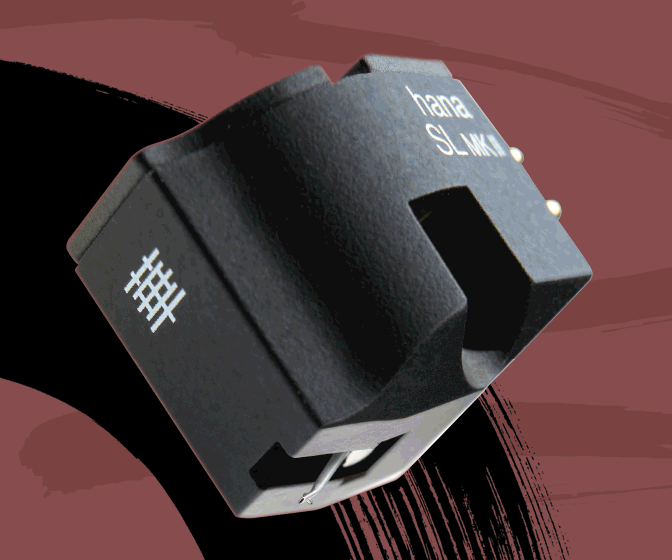
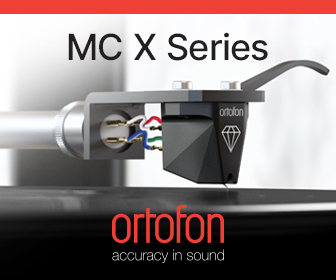

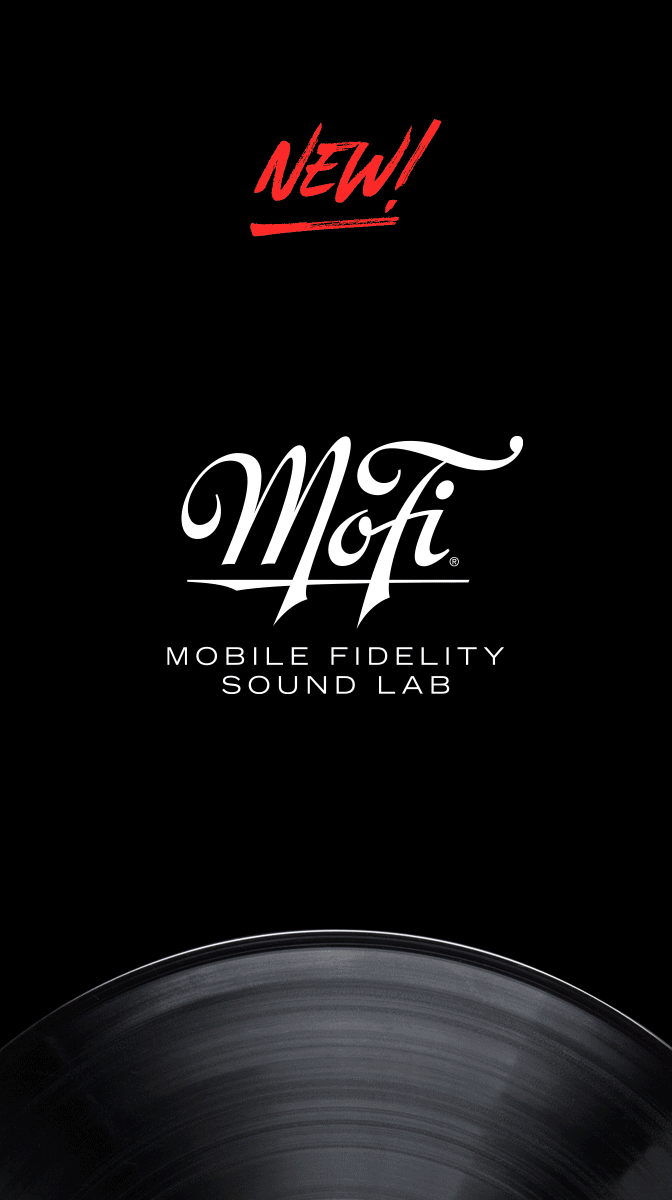



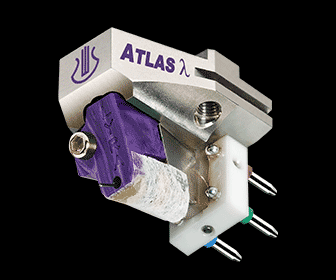

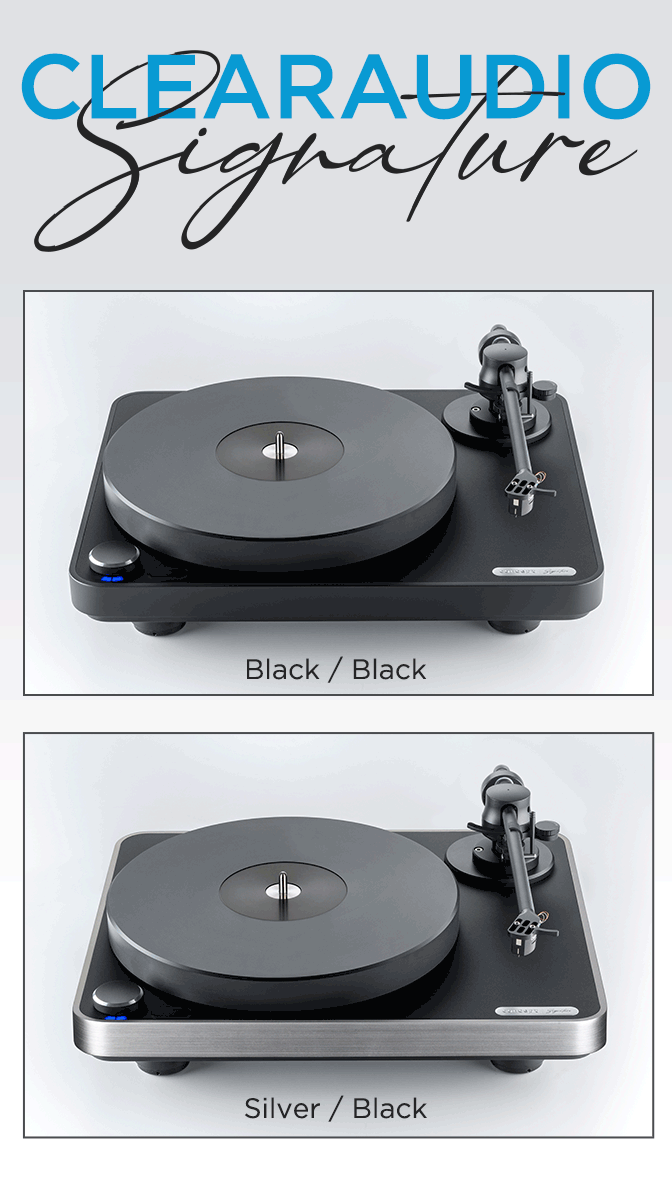



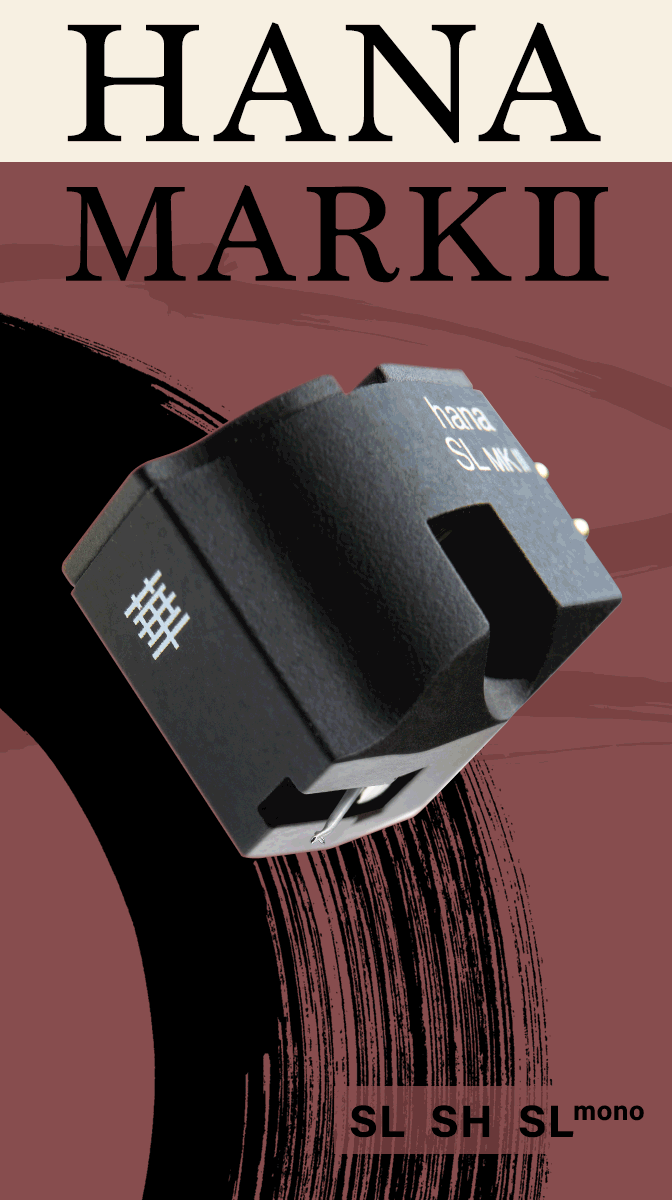


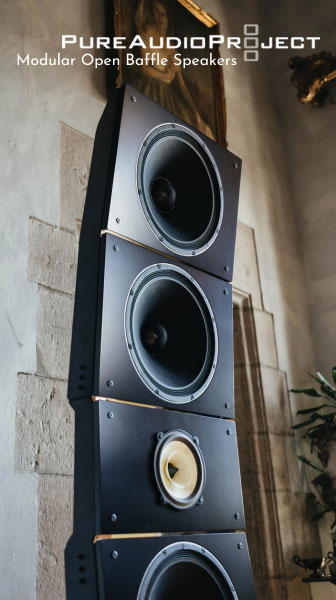
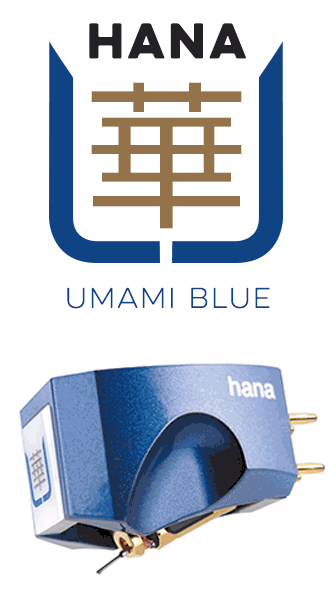





.png)








